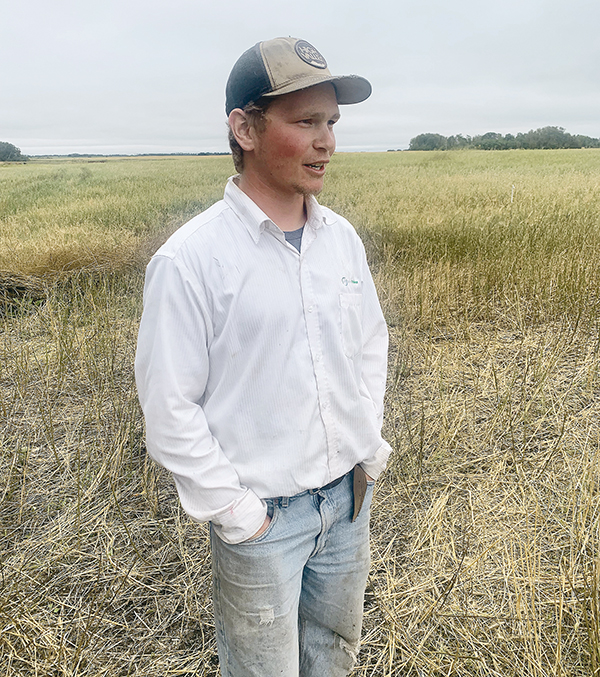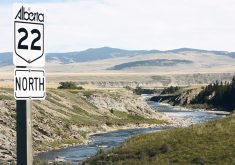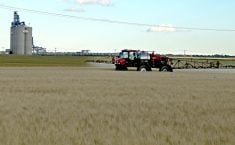STRATHCLAIR, Man. — Zack Koscielny knows his farming methods draw attention, not always in the most flattering manner.
“We get lots of funny looks and questions, that’s for sure,” said Koscielny, who operates a mixed livestock operation with his family that includes direct marketing.
The Koscielnys have five quarter-sections of land, a constriction on the farm’s production potential that he has tackled with a focus on financial return.
“We’re trying to do everything low-cost,” said Koscielny, who produces pastured pigs and chickens, and eggs, apart from the grass-fed cattle that form the bulk of the farm’s production and profits.
“We’re small-scale so we’ve got to be careful with how we spend money.”

That care has led Koscielny, who studied agriculture at the University of Manitoba, to focus on the holistic, low-input approach known by many as “regenerative agriculture.” The farm focuses on maximizing forage production with low-disturbance management, integrating livestock on pastures and hay fields, and managing the system to produce the most it can with the least outside inputs.
It carries a heavy labour cost, which the family supplies. That involves frequent animal movement within a rotational grazing system, and direct marketing to customers.
It can also look weird to many who farm more conventionally, since it involves “stockpiling” forage on pastures by leaving substantial growth uncut in the field.
“People wonder what the heck we’re doing,” Koscielny said.
Read Also

New coal mine proposal met with old concerns
A smaller version of the previously rejected Grassy Mountain coal mine project in Crowsnest Pass is back on the table, and the Livingstone Landowners Group continues to voice concerns about the environmental risks.
The stockpiling allowed him to leave his cattle on the fields into January last year, and he’s hoping they’re out now until the end of the year. The strategy also allows him to put cattle on pasture early in the spring. The manure is spread fairly evenly by the animals, providing fertility for the system.
The pigs and chickens bring in much-needed income at a heavy investment of time and effort.
“Direct marketing is a fair bit of work, but it sure adds to the margin.”
Farming this way isn’t easy, but Koscielny thinks it’s one way for a small farm to survive and grow in an industry becoming more consolidated. Key to everything is increasing returns from a limited land base by carefully managing the resources. That only can occur if those resources are carefully husbanded.
So far it seems to be working. The disastrous lack of moisture this summer didn’t ravage the herd, and that’s a good sign.
“We’ve seen big improvements in drought resiliency,” said Koscielny.
More challenges will come, but he’s hoping his low-input, high-management approach sees the farm through. Acquiring a lot of new acres doesn’t seem an option, so managing existing acres best is the best strategy Koscielny sees.

















